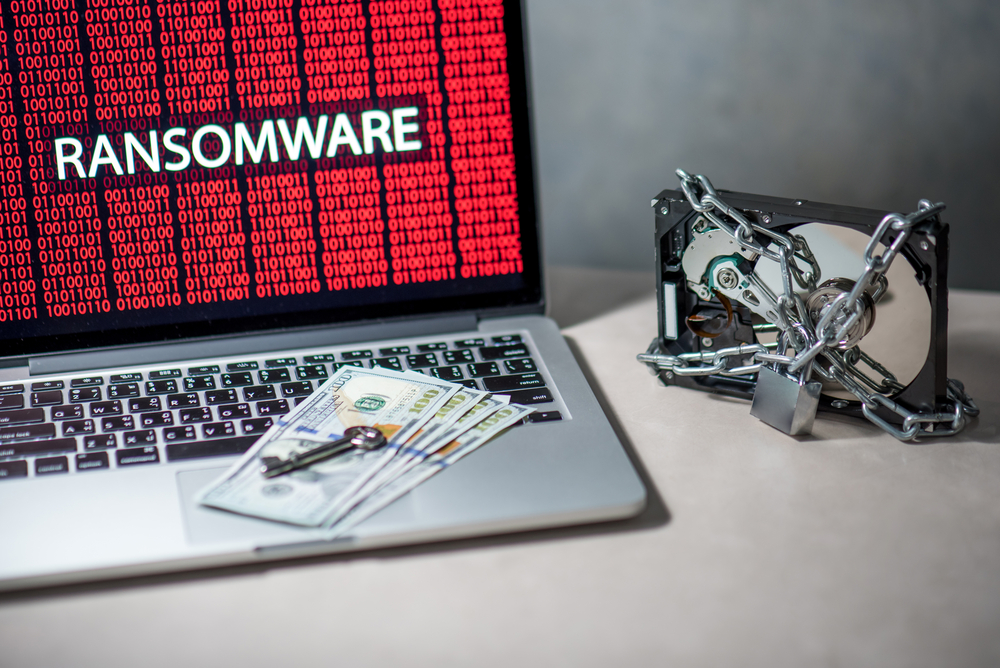As ransomware attacks have become a global menace by infecting businesses and governments alike, security experts have found that conventional defenses are falling short. Cloudian has released a report detailing some statistics on the current state of ransomware attacks.
Some stats your way
- While 24% of ransomware attacks start with phishing attacks, it is 41% for organizations with fewer than 500 staff.
- In 49% of the cases, organizations had set up perimeter defenses as a result of prior successful attacks.
- The most common entry point for ransomware attacks was the public cloud, accounting for 31% of total attacks.
- In 56% of cases, attackers were able to take control over all data and demand a ransom within 12 hours, while 30% took 24 hours.
The cost of these attacks
- The average financial cost of these attacks was $400,000.
- The average ransom payment was $223,000 while 14% paid a ransom of $500,000 or more.
- However, the payment of ransom doesn’t guarantee that an organization will get all its data back. Only 57% of victims got their entire data back.
Why this matters
Ransomware attacks do not just incur significant financial losses, they also impact customers, reputation, and operations. The results demonstrate that the conventional preventative measures are not enough to stop ransomware attacks from targeting organizations.
The bottom line
Gartner states that an immutable data backup copy is a necessity in these testing times. Data immutability impedes ransomware actors from deleting or encrypting data for a fixed period. This implies that, in case of a ransomware incident, organizations can recover unencrypted data without having to pay the ransom. In a nutshell, organizations need to accept the reality that ransomware attacks are ubiquitous and nobody is safe from them. Therefore, there is a need for a comprehensive cybersecurity strategy to defend and effectively respond to threats.

Publisher









/https://cyware-ent.s3.amazonaws.com/image_bank/shutterstock_172085378.jpg)
/https://cyware-ent.s3.amazonaws.com/image_bank/shutterstock_576106168.jpg)
